#Miners Memorial by T.W. Seatle
Text
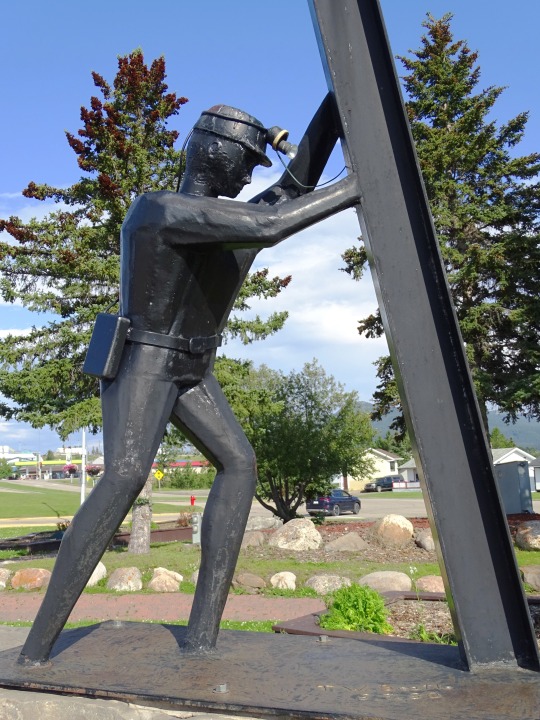
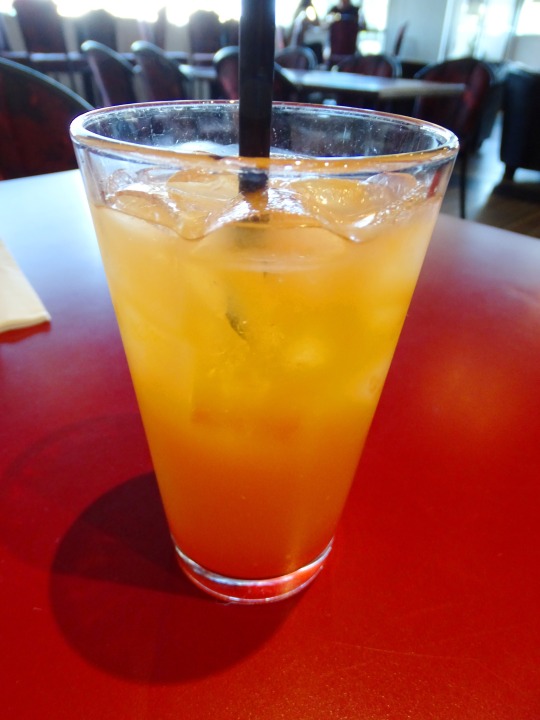
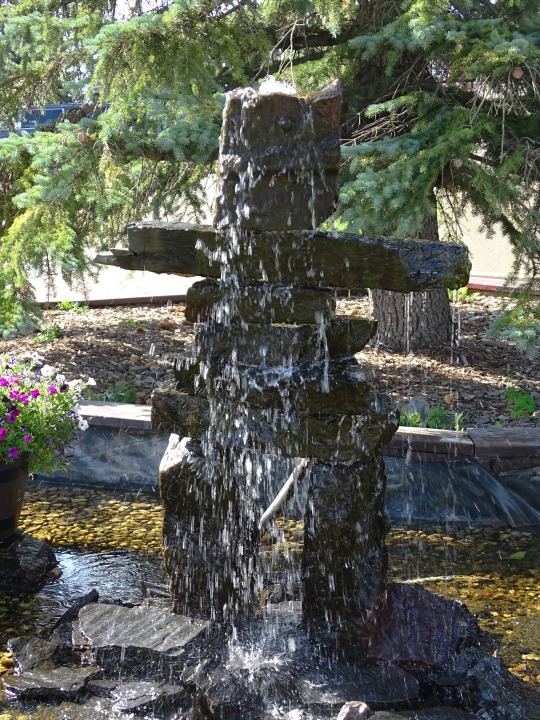
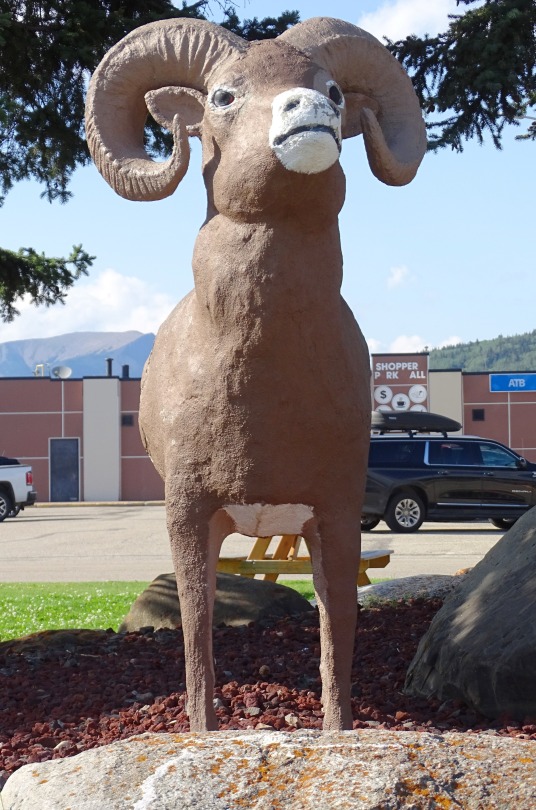
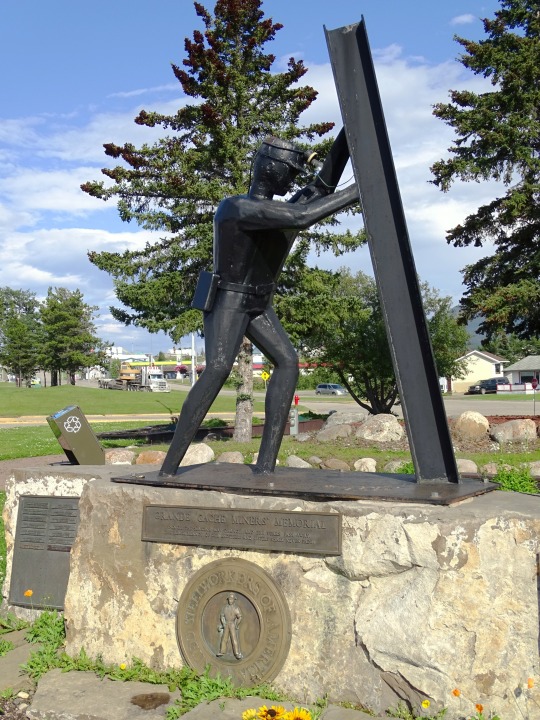
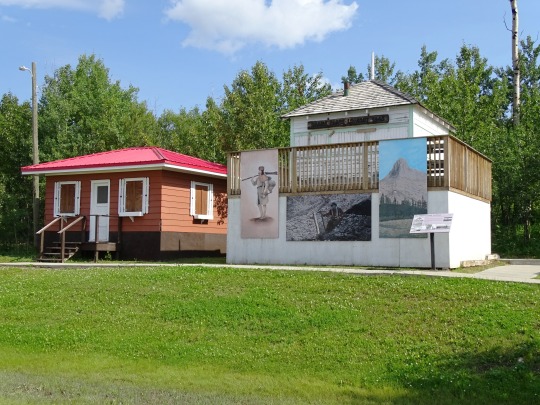
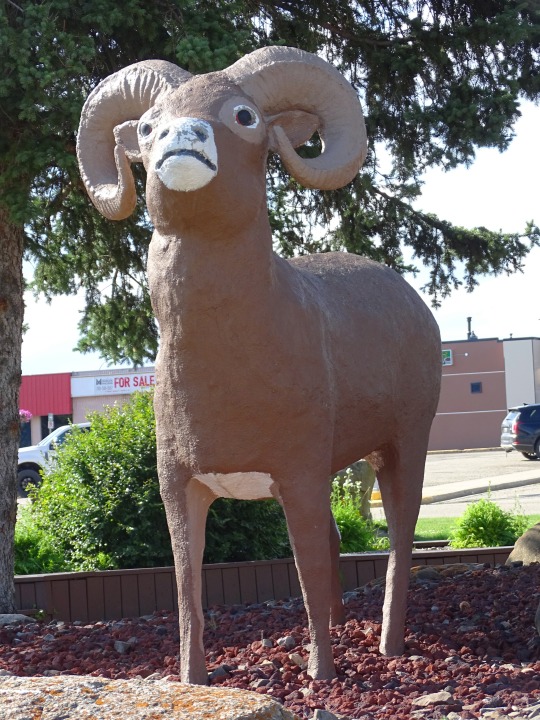


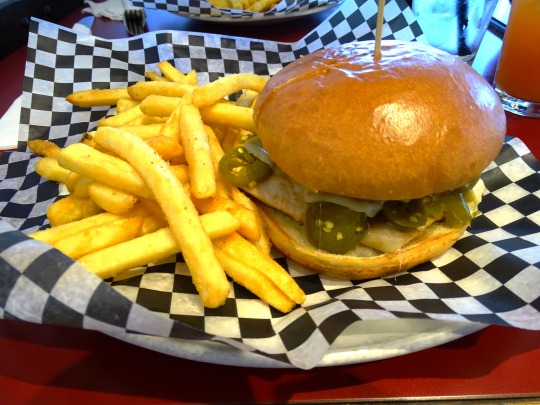
Grande Cache, AB (No. 1)
A fuzzy navel is a mixed drink made from peach schnapps and orange juice. Generally an equal amount of each component is used to concoct it, although quantities may vary. It can also be made with lemonade or a splash of vodka depending on the drinker's taste. The addition of another 1 or 1+1⁄2 oz of vodka to the fuzzy navel creates a "hairy navel", the more "hair" referring to the increased strength of alcohol in the drink. A "Hairy Navel" or "Fuzzy Russian" recipe may include 1 part vodka, 1 part peach schnapps, and 4 parts orange juice.
In 1984, National Distillers launched DeKuyper Original Peachtree, the first peach-flavored schnapps sold in the United States. Inspired by the Screwdriver (vodka and orange juice), Peachtree and orange juice was quickly popularized across the country, particularly among women seeking a sweeter, low-calorie vodka alternative. By 1985, Peachtree was the top-selling schnapps brand in the U.S.
As part of a wider marketing campaign, National Distillers worked with an advertizing agency to create names for DeKuyper schnapps drink recipes, eventually landing on "Fuzzy Navel" for the popular Peachtree and orange juice combination.
"Fuzzy" in the name refers to the peach, and "navel" to the orange.
A Fuzzy Navel is sometimes called a "Cold Medina", a popular nickname started by the Beastie Boys. Flavor Flav, who worked for the same record label as them at the time, would use Cold Medina or Funky Cold Medina as an affirmation.
Source: Wikipedia
#Miners Memorial by T.W. Seatle#Inukshuk Fountain#roadside attraction#public art#Fuzzy Navel#Flaming Chicken Burger#Adam Creek Lookout#Grande Cache Tourism & Interpretive Centre#Grande Cache#Alberta#Municipal District of Greenview No. 16#Upper Peace#Rocky Mountains#Northern Rockies#Alberta's Rockies#travel#original photography#vacation#tourist attraction#landmark#cityscape#landscape#summer 2023#Canada#small town#restaurant
1 note
·
View note
Text

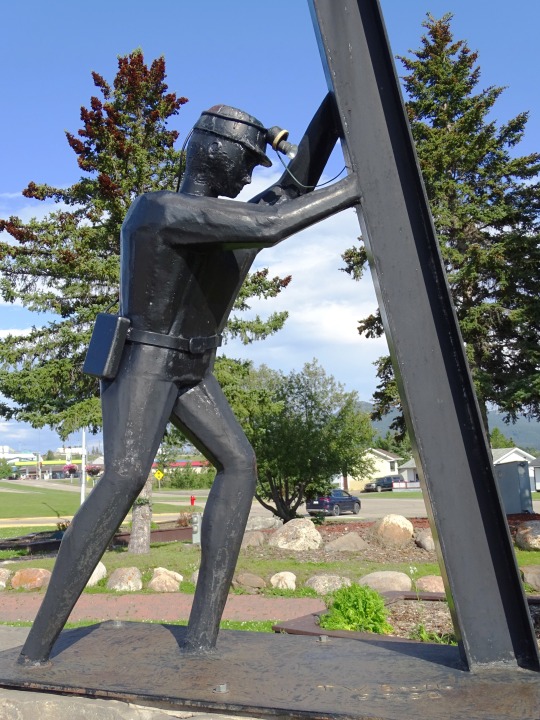


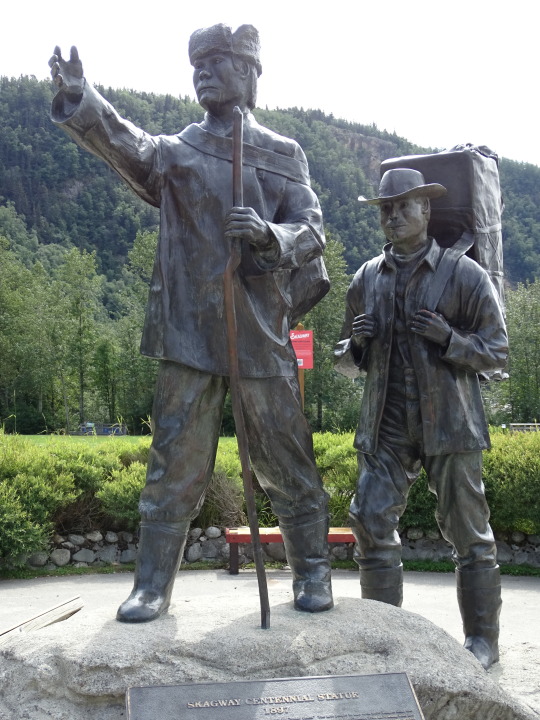


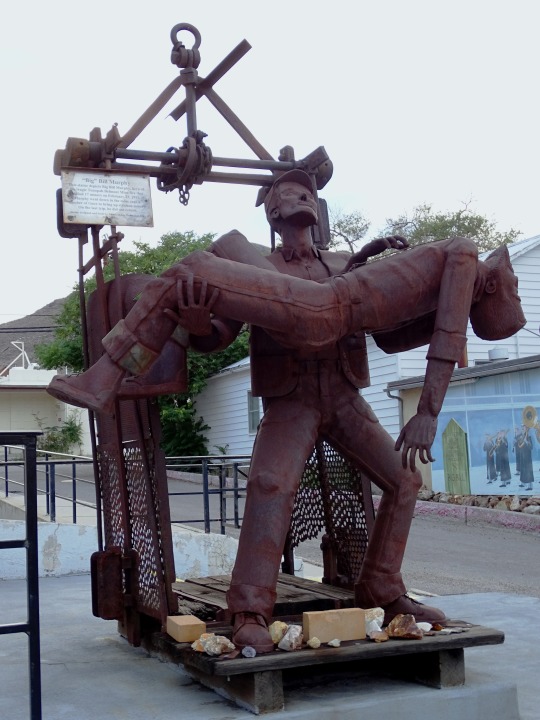


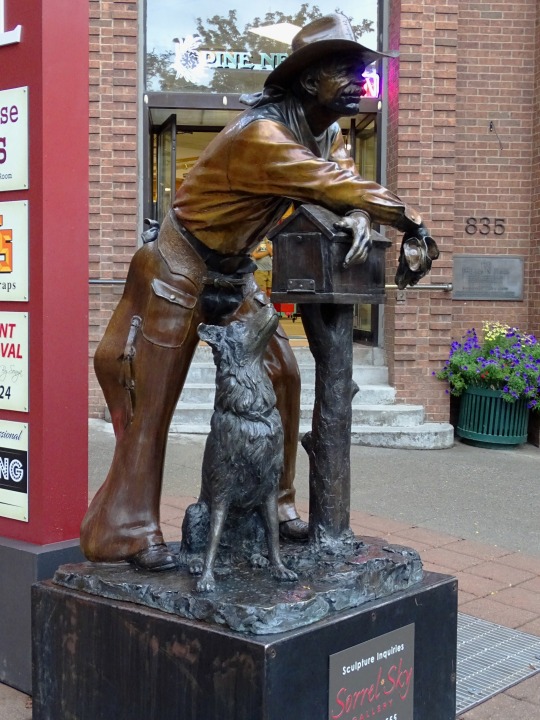
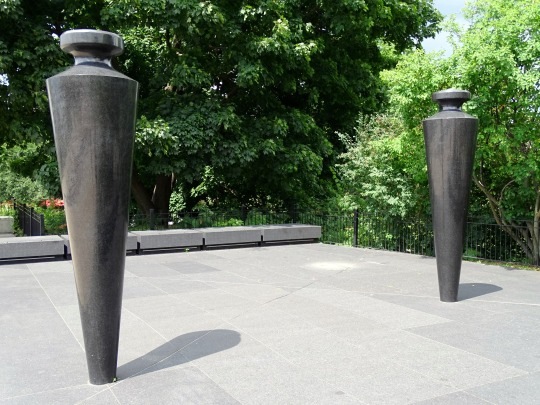





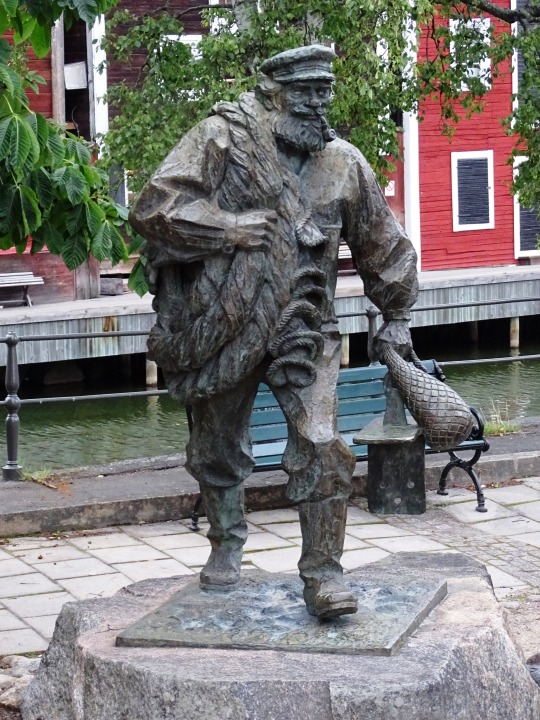

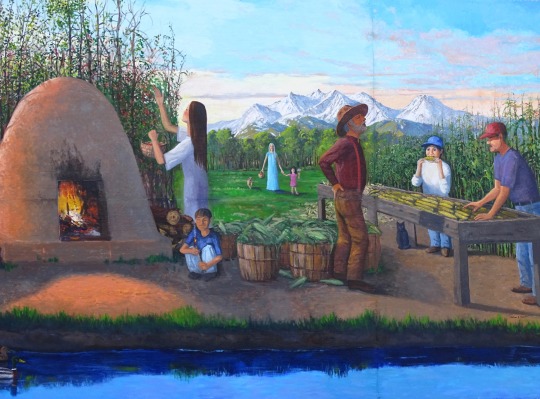
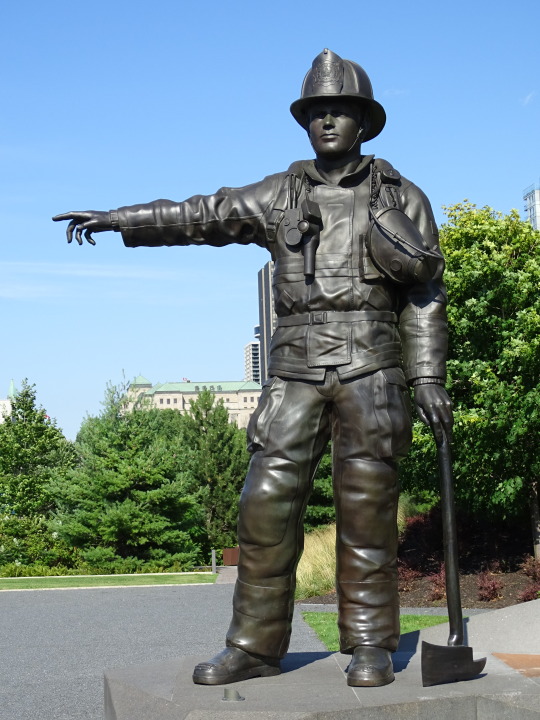



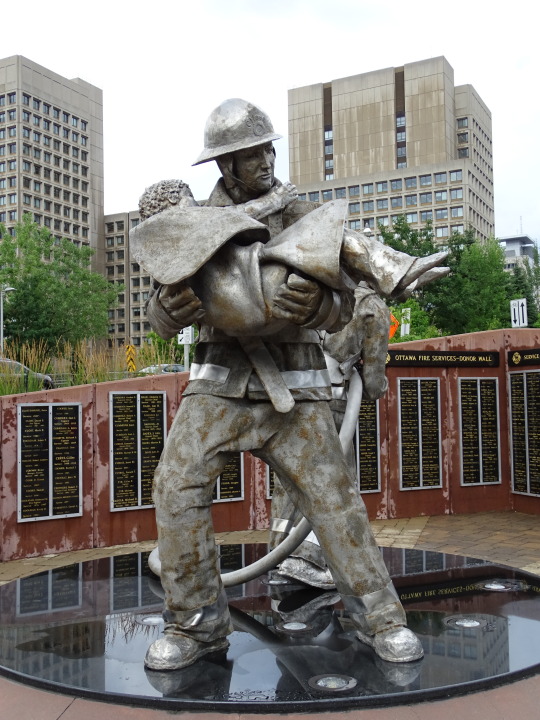

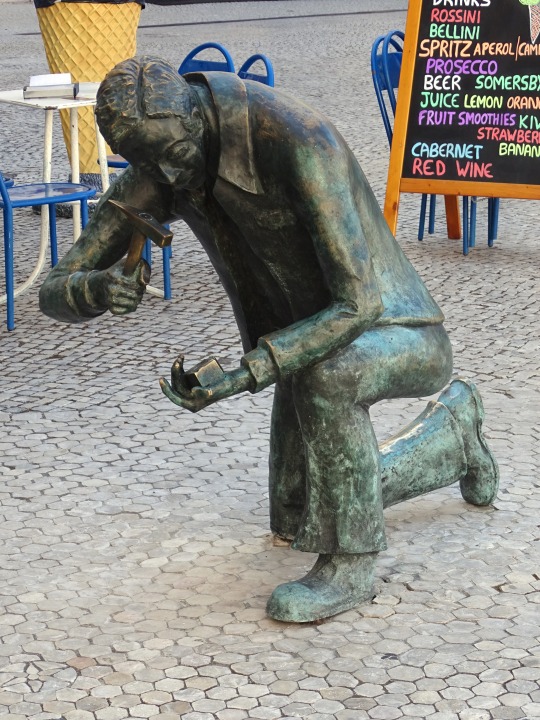
International Workers Memorial Day
Workers’ Memorial Day is an international holiday marked on April 28 annually. It is observed to raise awareness of the importance of workplace safety, as well as commemorate all the workers who have lost their lives due to work-related illnesses and those whose lives have been put on hold due to injuries that have incurred while working. According to figures, the number of people who get killed at work is higher than those who lose their lives to wars and drug abuse combined! Labor unions around the world observe this day to remember their fallen heroes and discuss measures to ensure safe workplaces.
History of Workers Memorial Day
Although it only became widely popular when the U.S. first celebrated it on April 28, 1989, Workers’ Memorial Day had been celebrated several years before then by Canada on the same day. Perhaps, the unpopularity associated with Canada’s first observation can be credited to the fact that it was celebrated under a different, albeit similar name. Regardless of who first observed it though, the day was inspired by the signing of the Occupational Safety and Health Act into law in 1970 and the formation of the OSHA on April 28, 1971.
In the early years of the signing of the OSHA into law, the celebration of the Workers’ Memorial Day was centered in North America. The holiday only attained international recognition in the last parts of the 20th and the beginning of the 21st centuries. In 1985, the Canadian Labor Congress pronounced April 28 as an annual day of remembrance — which is the anniversary of a Workers’ Compensation Act signed as far back as 1914. Progressively, the American Federation of Labor and Congress of Industrial Organization (A.F.L.-C.I.O.) declared April 28 as Workers’ Memorial Day to honor the thousands of people who have been injured or lost their lives on their jobs. The U.K. followed suit with their celebration in 1992.
Since the adoption of the holiday by the International Labor Organization (I.L.O.) in 2001, many countries are now actively participating in observing it, with some deeming it fit to confer the holiday a public holiday status. Furthermore, to add value to the holiday, from 1996, annual themes began to be assigned to each year’s celebration of the day.
Workers Memorial Day timeline
1971 OSHA is Formed
The Occupational Safety and Health Administration (OSHA) is formed.
1989 A.F.L.-C.I.O. Declaration
The American Federation of Labor and Congress of Industrial Organizations declares April 28 as Workers' Memorial Day.
1992 Introduced in the U.K.
Tommy Harte introduces Workers' Memorial Day in the U.K.
1996 Themes Begin to Be Set
The I.C.F.T.U. begins to set annual themes for each Workers' Memorial Day.
2001 New Declaration
An agency of the United Nations — I.L.O. — recognizes Workers' Memorial Day and declares it World Day for Safety and Health at Work.
Workers Memorial Day FAQs
What does a labor union do?
Among many other things, labor unions are charged with fighting for the betterment of their workers’ welfare, remunerations, and all things needed for them to work in a favorable environment and for decent financial gratification. Generally, labor unions serve as mediators between their members and authorities. Their impacts have been felt by both employees and employers over the years.
Is a labor union a good thing?
It is. This is evident in the many advantages and privileges unionized workers get over their non-unionized counterparts. Most significant changes in employees’ welfare and safety were achieved through the struggles of labor unions. They do have their setbacks though.
Why do people not like unions?
Most governments and employers detest labor unions because of their strong affection for riots and strike actions. To the unions, those two are the most effective languages employers understand, and many a time, they do succeed in pressing home their demands with the employers.
How to Observe Workers Memorial Day
Inform the public about work safety
Strive for a safer environment at work
Honor the memories of fallen workers
Go out there and educate the public on the importance of staying safe while at work. Also, tell them the possible risks associated with their various works.
If you are working in an unsafe or potentially dangerous environment, get people to rally behind you and ask for a safer work environment from your employers. You might just be a cause for a good change.
Be it a close relative, friend, acquaintance, or stranger, honor the memories of those fallen heroes, who died in the cause of their works. Pay tributes to them or their loved ones.
5 Interesting Facts About Workers’ Memorial Day
It was first celebrated in Canada
It was unpopular at first
America made it popular
It became international
It's a public holiday in Gibraltar
Canada was the first country to mark it although under a different but similar name.
The event was first known but not quite as popular as it became in the later years.
It only began to be widely recognized when the U.S. marked it.
A host of country trade unions in Europe, Asia, Africa, Australia, and elsewhere observe it.
While it is simply a national holiday in other countries, it is a government-free public holiday in Gibraltar.
Why Workers Memorial Day is Important
It reminds us of successful struggles
It increases the unity between workers worldwide
It gives workers a more amplified voice
Workers' Memorial Day reminds us of how effective calling out to authorities for good changes can be. By doing so, we may be able to save someone's life.
Whichever continent you happen to be from and whichever race you belong to, this day increases the bond and unity between workers in achieving a common goal. We love this!
Workers around the world use the day to loudly voice out their work environment and other pressing demands. Considerate employers, on the other hand, listen to the demands.
Source
#Firefighter by Susan Velder#Miners Memorial by T.W. Seatle#Prospector and his dog by Chuck Buchanan#The Logger by Joerg Jung#Skagway Centennial Statue by Chuck Buchanan#Stampeder Statue by Peter Lucchetti#28 April#USA#Canada#International Workers Memorial Day#WorkersMemorialDay#original photography#travel#vacation#cityscape#tourist attraction#Whitehorse#Skagway#Chicos and Capulin by David Montgomery#Bad Decision by Vic Payne#Big Bill Murphy by Adam Skiles#Waiting on an Answer by George Lundeen#Anonymity of Prevention by Derek Lo and Lana Winkler#Standing Together by John Greer#Monument to the Calceteiro by Sérgio Stichini#Gruvabetaren by Helge Zandén#Strömmingsfiskaren by Per Nilsson-Öst
0 notes
Text

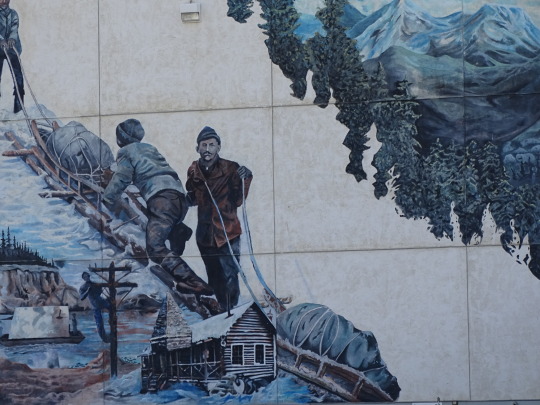

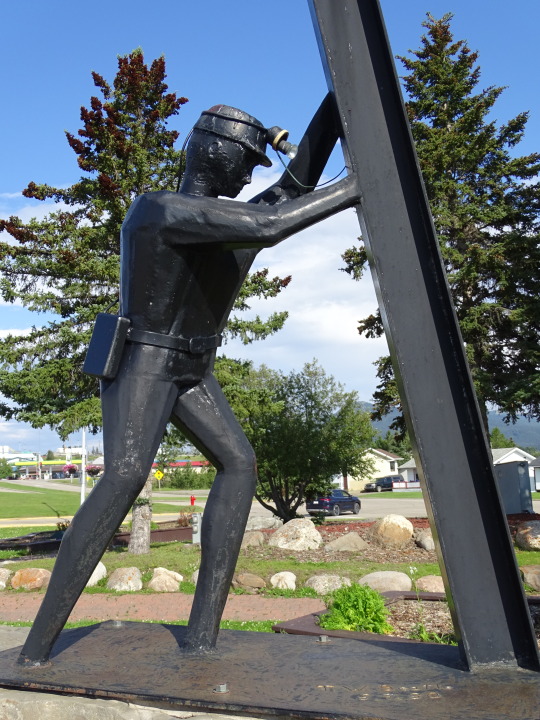

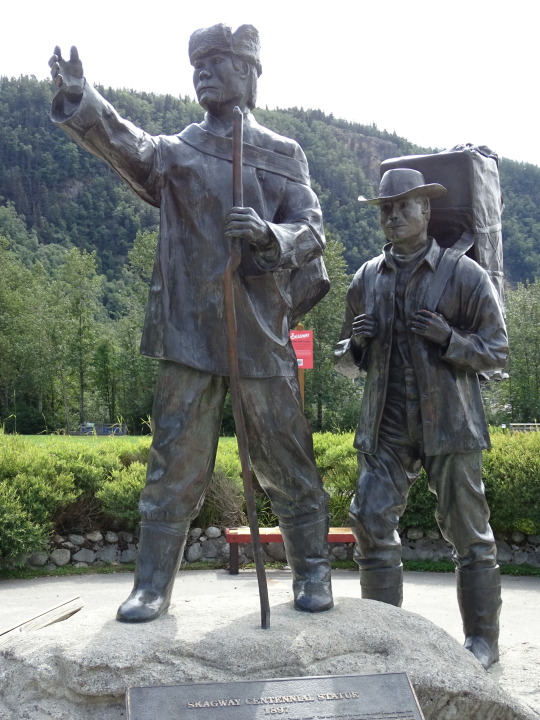

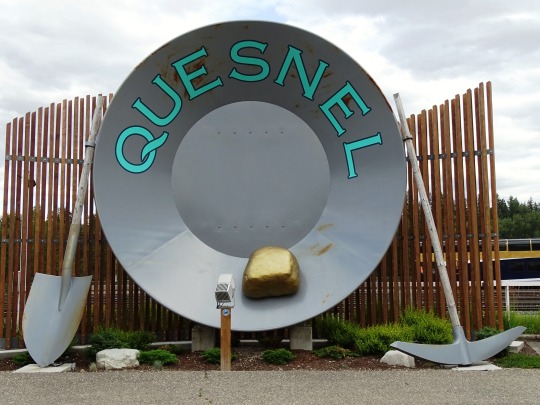

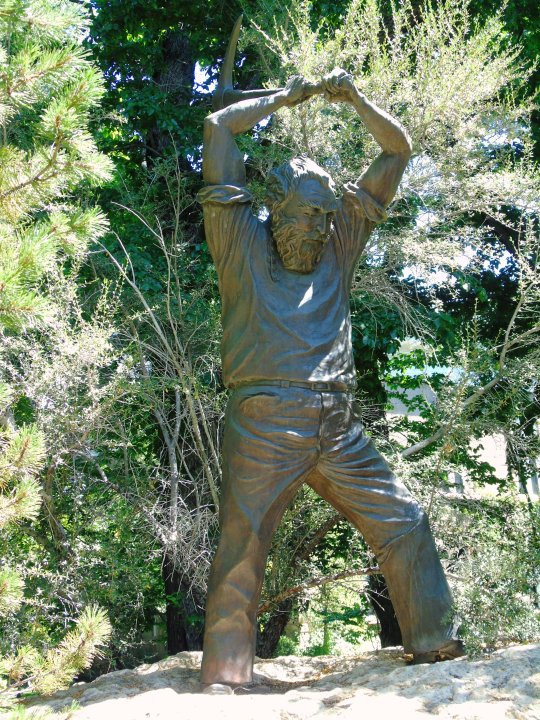
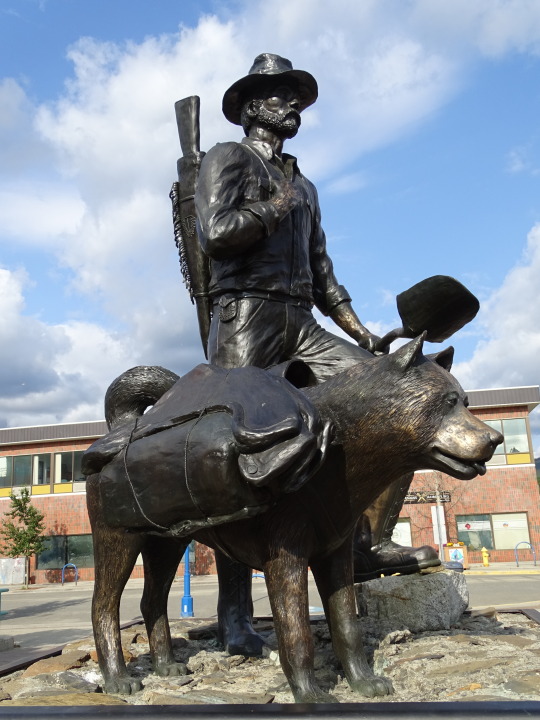
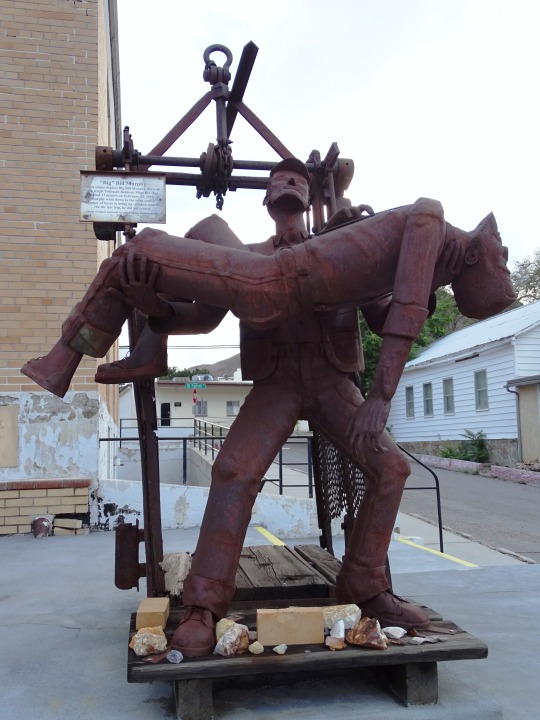




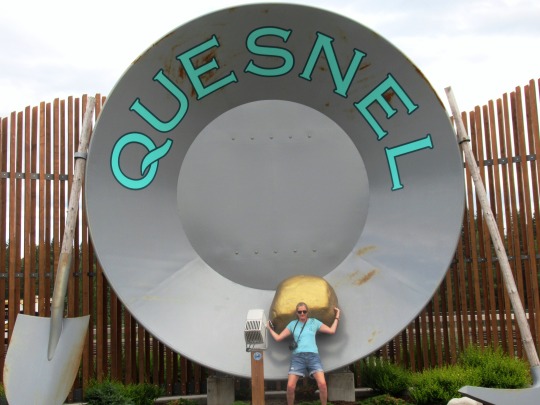
Talk Like a Grizzled Prospector Day
Talk Like a Grizzled Prospector Day commemorates the start of the California Gold Rush, which began on January 24, 1848, when James Marshall discovered gold while building a saw mill for John Sutter, near what is now Coloma, California. The day has its roots in International Talk Like a Pirate Day, and was inspired by Prospectors Day, which was once held at Knott's Berry Farm each year on January 24. It also was inspired by an episode of the Simpsons with the following exchange:
Bart: That ain't been popular since aught-six, dagnabbit. Homer: Bart, what did I tell you? Bart: No talking like a grizzled 1890's prospector, consarn it.
Common examples of characters talking like grizzled prospectors in popular culture include Dallas McKennon narrating Disneyland's Mine Train Thru Nature's Wonderland and Big Thunder Mountain, Gabby Hayes—both drunk and sober—in many Western films, Gabby Johnson in Blazing Saddles, Will Ferrell as Gus Chiggins on Saturday Night Live, and Walter Huston in The Treasure of Sierra Madre.
Prospectors first came to the Sacramento Valley after Marshall found flakes of gold in the American River near Sutter's Mill, at the base of the Sierra Nevada Mountains. At the time there were less than 1,000 non-native inhabitants in California. Newspapers began reporting the discovery of gold, and by August, 4,000 miners had descended on the area. The first people that came from outside of the territory came by boat, and arrived from Oregon, the Sandwich Islands—soon to be called the Hawaiian Islands, Mexico, Peru, China, and Chili.
In December 1848, President James K. Polk announced a report by Colonel Richard Mason which spoke of the abundance of gold in California; this prompted more prospectors to travel to the territory. Throughout 1849, thousands arrived, either traveling by sea or over land, and became known as '49ers. Mining towns popped up in the area, and with them came shops, saloons, and brothels. Many mining towns became lawless, and San Francisco became an important city in the territory. By the end of 1849, the non-native population had swelled to 100,000. The Gold Rush helped California gain statehood in 1850, and gold discovery peaked in the state in 1852. In all, more than 750,000 pounds of gold were extracted during the Gold Rush.
The implication of a grizzled prospector is of one who has stayed so long searching for gold that their hair has turned gray. Some prospectors refused to quit the profession and continued to live in the Western territories. So, when Bart Simpson mentioned a grizzled prospector from the 1890s, he was referring to a prospector that had stayed more than forty years after the Gold Rush happened, still trying to find gold, or other commodities such as silver, oil, radium, and uranium. Besides a gray beard, the stereotypical grizzled prospector had faded clothes, missing teeth, a pickaxe, and a mule. They had bouts of gold fever, and were suspicious of whoever came close to their claim.
How to Observe Talk Like a Grizzled Prospector Day
Celebrate the day talking like a grizzled prospector. Here are a few words prospectors commonly used, that you could use today:
Dadburn: to curse; e.g.: "Dadburned boll weevil done 'et my crop!"
Hornswoggle: to embarrass, disconcert, or confuse; e.g.: "I'll be hornswaggled!"
Consarn: the entirety of something, also a curse word.
Dumbfungled: all used up; e.g.: "This claim is dumbfungled! There's no gold left!"
Bonanza: a mine with lots of gold.
Borrasca: a mine with no gold.
Baby buggy: wheel barrow.
Muck: to dig with a shovel.
Powder monkey: a miner who used dynamite to make holes.
Johnny Newcome: a miner new to camp.
Blackjack and saw bosom: coffee and bacon.
Paydirt: land rich in gold.
Panned out: if they had found gold while sifting through dirt with a mining pan, then things had "panned out."
Flash in the pan: something shiny in pan that turned out to be nothing, or just a small piece of gold.
Stake a claim: claim a piece of land as your own as a place to search for gold, must stake the land with wooden stakes when you arrive.
The day could also be spent watching films such as The Treasure of Sierra Madre, or old Western films starring Gabby Hayes. A visit to the Sutter's Mill replica and the Gold Discovery and Visitor Center in Marshall Gold Discovery State Park could also be planned. The days' Facebook page could also be explored.
Source
#Miners Memorial by T.W. Seatle#Grande Cache#Prospector and his dog by Chuck Buchanan#Whitehorse#Yukon#Alberta#summer 2023#Canada#World’s Largest Gold Pan by Linden Welding#Quesnel#British Columbia#Skagway Centennial Statue by Chuck Buchanan#Alaska#Stampeder Statue by Peter Lucchetti#Gold Rush Mural by Lance Burton#Talk Like a Grizzled Prospector Day#travel#USA#NationalTalkLikeAGrizzledProspectorDay#24 January#vacation#original photography#tourist attraction#landmark#Sweden#Falun Mine#Gruvabetaren by Helge Zandén#Nevada#Carson City#Tribute to Nevada Miners by Greg Melton
1 note
·
View note